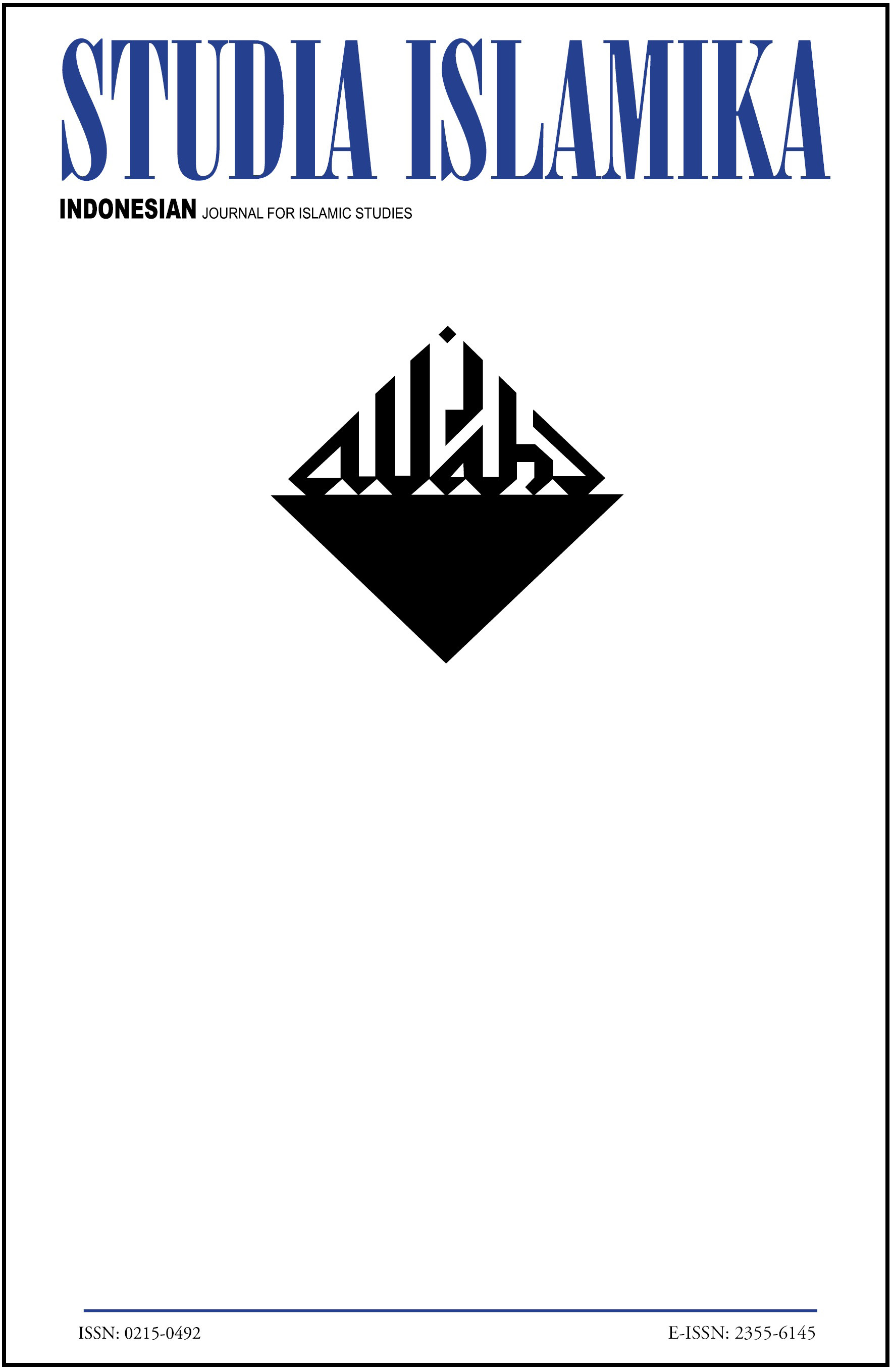Abstract
The article focuses on the study of public Islam in Southeast Asia, the world’s most populous Islamic region. More specifically, it examines “late modernity” and its relation to the unprecedented growth of Islam, the Islamic resurgence, and Muslim politics in the public domains of modern Southeast Asia, particularly in Indonesia and the Philippines. It also examines the history of Islam’s resurgence, the underlying factors driving the region’s Islamic boom, and the implications of the aforementioned phenomena on democracy, civil co-existence, and social relations among ethno-religious groups in these areas. Using Southeast Asia as a case of public Islam, the article’s main purpose is to revisit the strength of classic modernization and secularization theories that forecasted the decline, or even the death, of religion from global politics and public spheres. Finally, the article also aims to provide insights on the local dynamics and plurality of public Islam in Southeast Asia.DOI: 10.15408/sdi.v20i3.511Authors who publish with this journal agree to the following terms:
- Authors retain copyright and grant the journal right of first publication with the work simultaneously licensed under a Creative Commons Attribution License that allows others to share the work with an acknowledgement of the work's authorship and initial publication in this journal.
- Authors are able to enter into separate, additional contractual arrangements for the non-exclusive distribution of the journal's published version of the work (e.g., post it to an institutional repository or publish it in a book), with an acknowledgement of its initial publication in this journal.
- Authors are permitted and encouraged to post their work online (e.g., in institutional repositories or on their website) prior to and during the submission process, as it can lead to productive exchanges, as well as earlier and greater citation of published work.
Downloads
Download data is not yet available.

